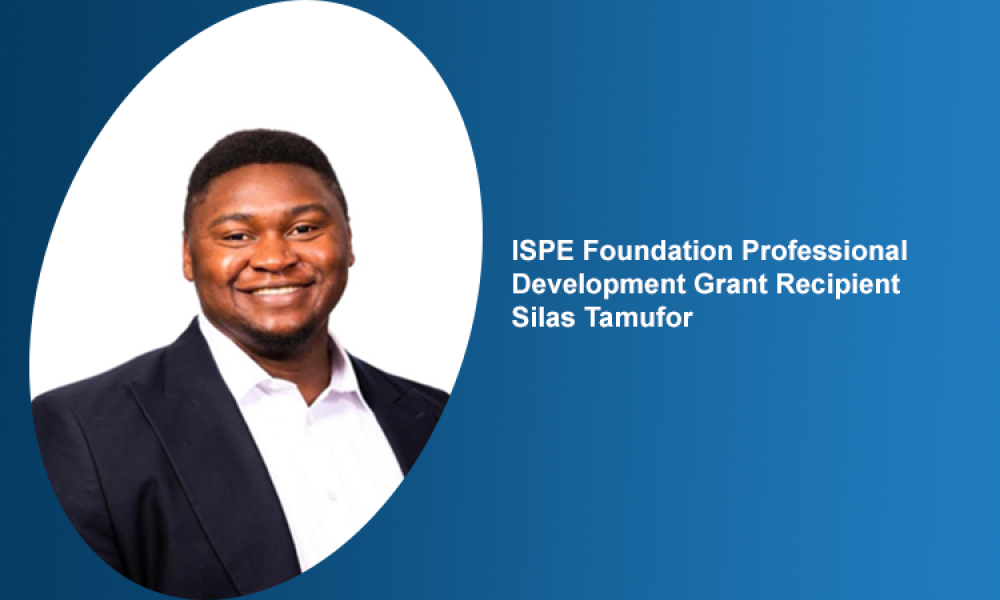The GCP sector continues to experience significant global growth, even as the management of trials has become ever more complex and technology-driven. The current market size for global (bio)pharmaceutical research and development spending was an estimated $127 billion in 2016 and is projected to reach $160 billion in 20201. Within this overall R&D market, outsourcing plays a significant role, contributing circa $26 billion to the overall market in 2016 and projected to reach $31 billion by 20192. In addition, increasing cost pressures and an increasingly patient-centric focus requires a new model of virtually integrated drug development.
The new ISPE GAMP® Good Practice Guide on Compliant Systems in Clinical Research provides guidance on how to address the specific 21st-century challenges in the validation and operation of computerized systems in the GCP field. The Guide’s authors bring their extensive cumulative experience with such systems to bear in considering the validation aspects for the most common systems that currently are used to support the collection, processing and analysis of clinical data, including everything from Statistical Programming Platforms, Data Capture Systems, and Interactive Response Technologies (IRT) solutions to mobile applications for Electronic Patient Diaries and even wearables.
GCP stakeholders such as CROs, technology providers and sponsors will find the process-based presentation of the information helpful, in that systems are always discussed in the context of the process they support (e.g. IMP Management or Trial Master File (TMF) Management). This makes the guide approachable for readers with or without technical expertise. The authors have also provided suggested GAMP® categories for each system, based on typical system models and experience.
For those parties seeking to find a practical approach to managing large, integrated platforms that manage various aspects of multiple clinical trials at one time, the guide introduces a coherent and sanity-saving layer model for managing these highly-configured systems.
Since the GCP industry continues to experience new technological innovations at a very rapid pace, the Guide cannot cover every possible new development in this sector, but seeks rather to establish a universally valid approach to the validation of such “eClinical Systems” that may be easily adapted to future technologies as they emerge.
Buy Now
References:




